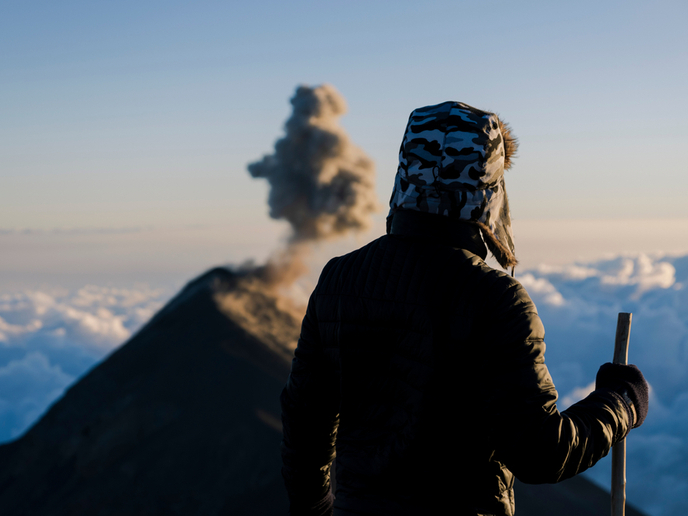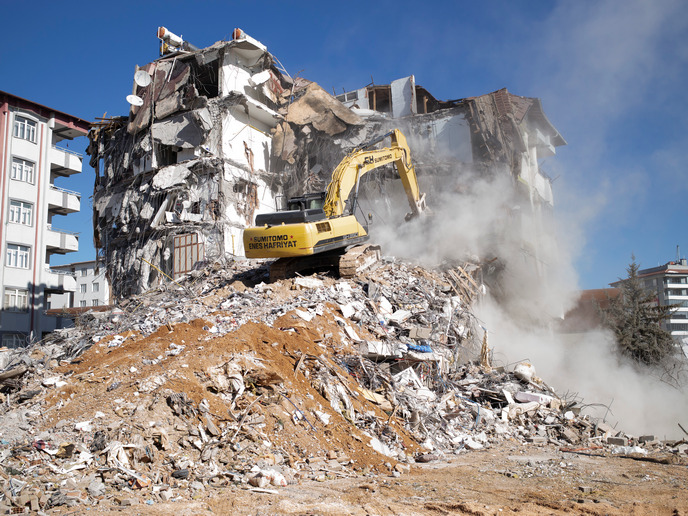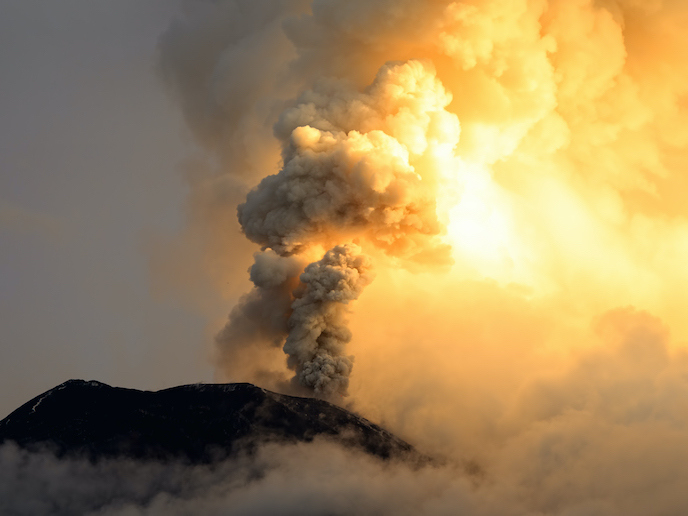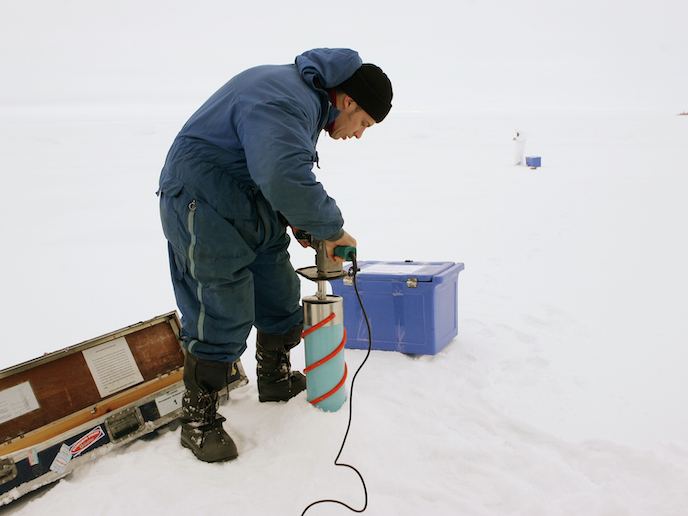Mitigating the risk of volcanic eruptions
Europe is home to more than 60 active volcanoes, including two of the most active in the world. As recent eruptions in places like Italy and Iceland made clear, volcanoes can cause significant damage to infrastructure, agriculture, transportation and health. Mitigating these risks requires knowing when, why and how volcanoes erupt. For the EU-funded VESPER project, the answers to these questions can be found in zircon. “The mineral zircon is a minor ingredient found in the ‘magma soup’ that fuels volcanic eruptions,” says Jenni Barclay, a professor of volcanology at the University of East Anglia and the project coordinator. “Because zircon is chemically and physically resistant, it can register multiple events in the history of a volcano,” adds Marie Skłodowska-Curie Actions fellow Jane Scarrow. To reveal a volcano’s magma history, including the changes that lead to eruption, the VESPER project focused on analysing zircon grains.
From Montserrat to Ascension Island
The main objective of the project was to understand how zircon might help mitigate volcanic risks and hazards to the communities living near them. To do so, researchers investigated the periodicity and style of past volcanic eruptions in places like Montserrat in the Caribbean and Ascension Island in the south Atlantic Ocean. In Montserrat, researchers studied Soufrière Hills Volcano, which last erupted from 1995 to 2010. Despite being one of the world’s most studied volcanoes, the zircon found in Montserrat’s rocks has never been analysed. The recent eruptions created a unique opportunity for researchers to find zircon and investigate, for example, its age and composition in mafic-intermediate enclaves and andesites from the 2010 dome collapse. Researchers also dated zircon from the only known volcanic explosive-effusive transition on Ascension Island. This work revealed two major magmatic events, one happening approximately 110 000 years ago and another nearly 60 000 years ago. The team found evidence of recycling of minerals from other, even older (0.6–1.3 million years ago) magmatic events. “These results allow us to understand how the magma plumbing system evolves and changes in the subsurface during the lead-up to eruptions,” explains Scarrow. “This information will prove invaluable to building medium- and long-term hazard planning strategies for mitigating the risks of future volcanic eruptions.”
Opening the door to new prospects
According to Scarrow, by providing an opportunity to kick-start a new, applied research direction, the VESPER project has opened the door to new career prospects. “Working with professor Barclay gave me the opportunity to appreciate how a multidisciplinary approach to science can be applied to questions and problems of relevance to society,” she says. An important factor in the project’s success was its use of multiple perspectives in interpreting geochemical data. “This allowed us to better use the geochemical data to understand timescales relevant to volcanic hazard assessment,” concludes Barclay. Scarrow is now continuing to work on the data and samples acquired during the VESPER project from a permanent position at the University of Granada, Spain.
Keywords
VESPER, volcanic eruptions, zircon, volcano, Montserrat, Ascension Island, Soufrière Hills Volcano







